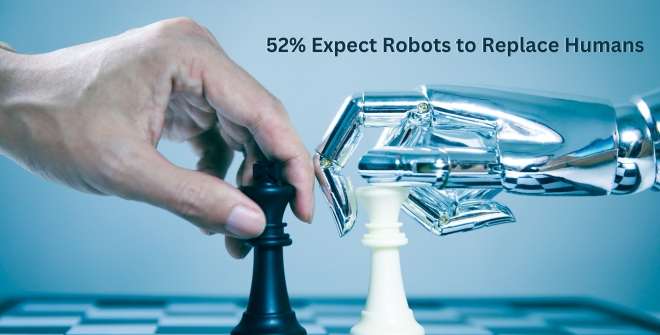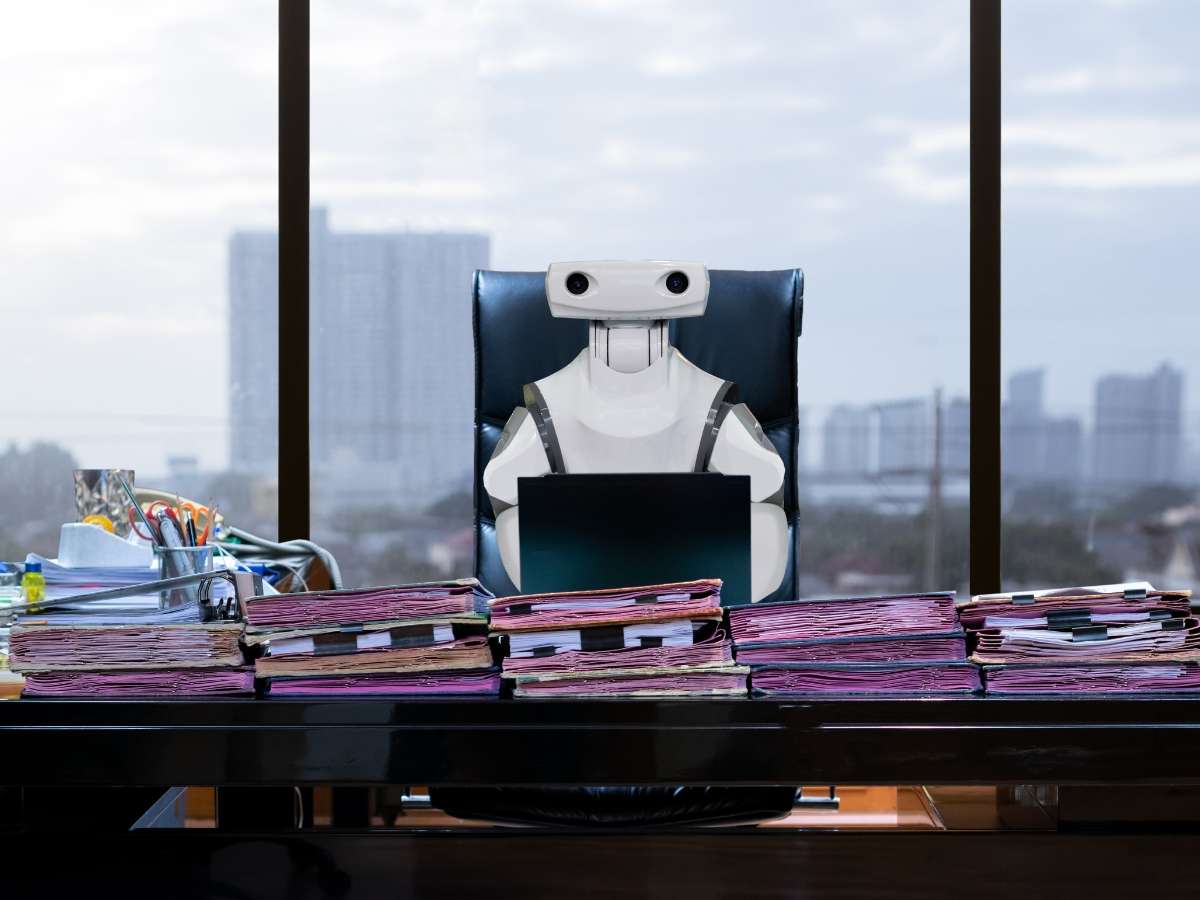Introduction
The topic of whether AI will ultimately replace humans has received less attention than it deserves.
A recent study found that 52% Expect Robots to Replace Humans in 3 Decades, robots will take the place of people on the job.
This important question is raised due to the potential impact of automation on jobs, skills, and education.
The topic revolves around robots that have nothing to do with AI but can still replace people in a variety of occupations when all factors have been evaluated and taken into place.
In this post, we try to answer the hottest topic which is that 52% Expect Robots to Replace Humans in 3 Decades.
Table of Contents
Facing a Future of Robotics
People are not just looking forward to, but actively embracing, the concept that robots will take on duties that people have historically filled as a new era comes.
Technological developments in robotics, automation, and artificial intelligence are driving this change because they offer efficiency, accuracy, and game-changing potential.
Current Human-Robot Collaboration
According to popular opinion, present human-robot collaboration is already a reality in a variety of areas. Robots work with people, enhancing production and efficiency.
From manufacturing to healthcare, these collaborations create a foundation for a future in which robots effortlessly integrate into daily life.
Brookings Institution Survey
The Brookings Institution recently surveyed over 2,000 Americans to find out how they felt about this “Can robots replace humans or not?”.
The Brookings Institution recently surveyed over 2,000 Americans to find out how they felt “Can robots replace humans or not?”.
In the end, it’s important to remember that 52% of survey respondents believed that most manual labor occupations would be performed by robots over the following 3 decades.
Only 19% thought it was highly possible, 33% thought it was slightly possible, and 23% believed it was not at all possible.
Surprisingly those who were most in favour of this belief were those between the ages of 35 and 54. Only 17% of those aged 18 to 34 and 18% of those aged 55 and older believed it was very possible.
Specifically, almost 32% believe it should be controlled by the federal government because it has a chance to save jobs.
On the other hand, a similar percentage, clearly 29%, stated they were in favor of not having any regulations at all.
This appears to indicate that Americans are divided on this topic, only younger people are more willing to support the government.
39% of the participants between the ages of 18 and 34 indicated they desired laws and regulations, compared to 31% of those between the ages of 35 and 54 and only 25% of those over the age of 55.
Sixty-one percent of participants in the survey reported they would not feel comfortable working with robots.
This is a serious issue since people’s comfort level with robots will determine whether or not they become more or less common depending on where humans end up in the long run.
42% stated they would not spend more than $250 for a robot, adding financial burden on this industry.

Challenges
“Research Shows 52% Expect Robots to Replace Humans in 3 Decades” but this is not an easy adaptation process.
This is a Challenging process although the Expectations are high, social adapting is difficult.
Concerns about ethical issues, the necessity for extensive rules, and the fear of losing one’s employment are all significant issues that require focusing on.
This transformation, however, creates chances for skill development, job creation, and more effectively satisfying social demands.
Ultimately, the study that shows 52% of respondents believe robots will replace people in the next thirty years should encourage deeper thought.
Accepting a robotic future needs not just technology advances, but also societal adaption, ethical considerations, and active education.
It will need a group effort, mutual understanding, and an optimistic view to make the transforming journey possible.



